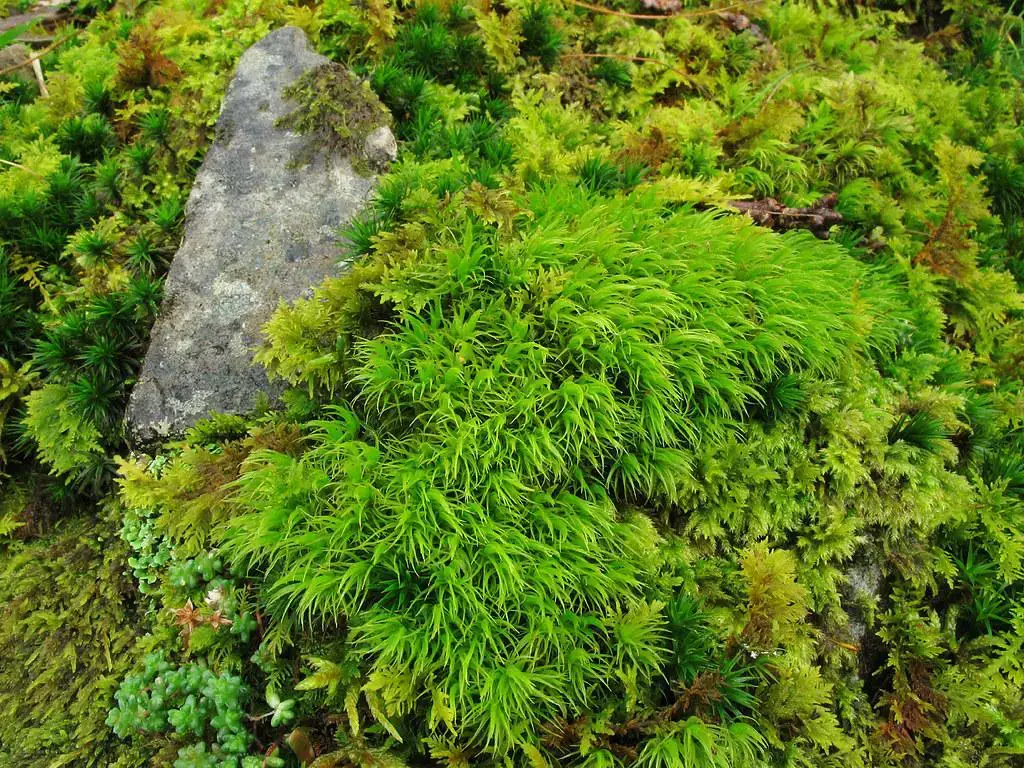
2021-02-21-14-37-09.jpg from: https://www.britishbryologicalsociety.org.uk/learning/species-finder/dicranum-majus/
Introduction
Prepare to embark on a captivating journey into the world of Dicranum majus Turner, a remarkable moss species that belongs to the Dicranaceae family. Often referred to simply as Dicranum, this unassuming plant holds a wealth of fascinating secrets waiting to be uncovered by enthusiasts like you.
Background
Before we delve into the intricacies of Dicranum majus Turner

227414.jpg from: https://inpn.mnhn.fr/espece/cd_nom/4750
, it’s essential to understand its place within the grand scheme of things. This moss is a member of the Bryophyta phylum, which encompasses a diverse array of non-vascular plants, including mosses, liverworts, and hornworts. These ancient organisms have been around for millions of years, predating even the earliest vascular plants.
Main Content
Morphology and Identification
Dicranum majus Turner is a striking moss that can be easily identified by its distinctive features. Its gametophyte stage, which is the most conspicuous phase of its life cycle, consists of upright, unbranched stems that can reach heights of up to 10 centimeters. These stems are adorned with lanceolate leaves that are curved and falcate (sickle-shaped) when dry, giving the moss a unique and eye-catching appearance.
One of the most remarkable characteristics of Dicranum majus Turner is its leaf structure. Each leaf is composed of a single layer of cells, with a prominent midrib running along its length. This midrib is often reddish-brown in color, adding to the moss’s visual appeal.
Global Distribution and Habitat
Dicranum majus Turner is a cosmopolitan species, meaning it can be found across various regions of the world. It thrives in temperate and boreal forests, where it grows on decaying logs, tree bases, and humus-rich soils. This moss prefers shaded and moist environments, making it a common sight in the understory of mature forests.
Ecological Roles and Adaptations
Despite its diminutive size, Dicranum majus Turner plays a crucial role in forest ecosystems. Its dense mats act as a sponge, absorbing and retaining moisture, which helps to regulate the local microclimate. Additionally, these moss carpets provide a suitable habitat for a wide range of invertebrates, fungi, and microorganisms, contributing to the overall biodiversity of the ecosystem.

7381616304_5c7ee3dca9_b.jpg from: https://www.flickr.com/photos/stephenbuchan/7381616304/
One of the remarkable adaptations of Dicranum majus Turner is its ability to tolerate desiccation

6871500865_98140a4f03_b.jpg from: https://www.flickr.com/photos/natureseye/6871500865/
. During periods of drought, the moss can enter a state of dormancy

OS0149386_1618606280.jpg from: https://bryophyteportal.org/portal/taxa/index.php?taxon=244445
, reviving once moisture becomes available again. This resilience allows it to thrive in environments with fluctuating moisture levels.
Case Studies/Examples
In a recent study conducted in the Pacific Northwest, researchers discovered that Dicranum majus Turner played a crucial role in facilitating the establishment of tree seedlings. The moss’s dense mats provided a suitable microhabitat for the seedlings, protecting them from desiccation and offering a stable substrate for their roots to anchor.
Technical Table

Dicranum_majus_002.JPG from: https://cisfbr.org.uk/Bryo/Cornish_Bryophytes_Dicranum_majus.html

medium.jpg from: https://uk.inaturalist.org/taxa/161863-Dicranum-majus

Dicranum-majus-moss.jpg from: https://elmusgo.blogspot.com/2013/06/dicranum-majus.html

dicranum-scoparium-and-dicranum-majus-1.jpg from: https://terrariumtribe.com/terrarium-plants/dicranum-scoparium-mood-moss/

IMG_1302_1024x1024@2x.jpg from: https://mossacres.com/collections/mosses-for-shade/products/rock-cap-moss-clumps
| Characteristic | Description |
|---|---|
| Phylum | Bryophyta |
| Class | Bryopsida |
| Order | Dicranales |
| Family | Dicranaceae |
| Genus | Dicranum |
| Species | majus Turner |
| Gametophyte | Upright, unbranched stems |
| Leaf Shape | Lanceolate, falcate when dry |
| Leaf Structure | Single layer of cells, prominent midrib |
| Habitat | Temperate and boreal forests, decaying logs, tree bases, humus-rich soils |
| Ecological Role | Moisture regulation, habitat provision, biodiversity enhancement |
| Adaptation | Desiccation tolerance |
Conclusion
Dicranum majus Turner is a true marvel of nature, a testament to the resilience and adaptability of mosses. From its striking morphology to its vital ecological roles, this unassuming plant deserves our admiration and respect. As we continue to explore the intricate world of bryophytes, let us ponder this thought-provoking question: What other secrets might these ancient organisms hold, waiting to be uncovered by the curious minds of enthusiasts like ourselves?